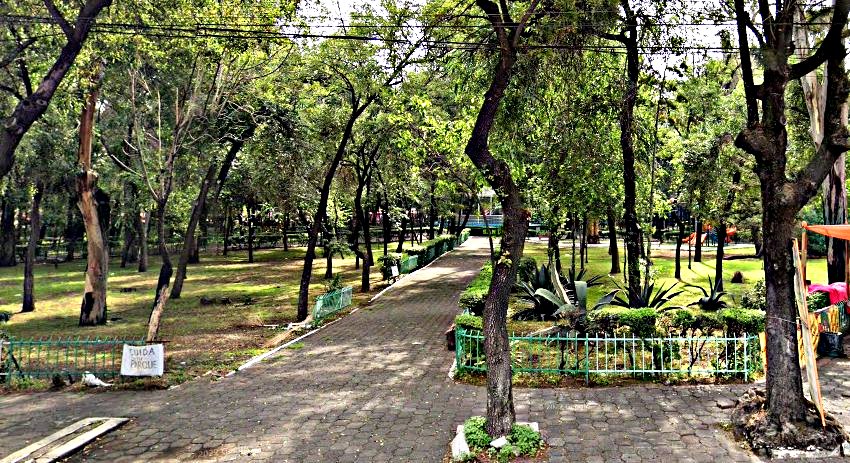
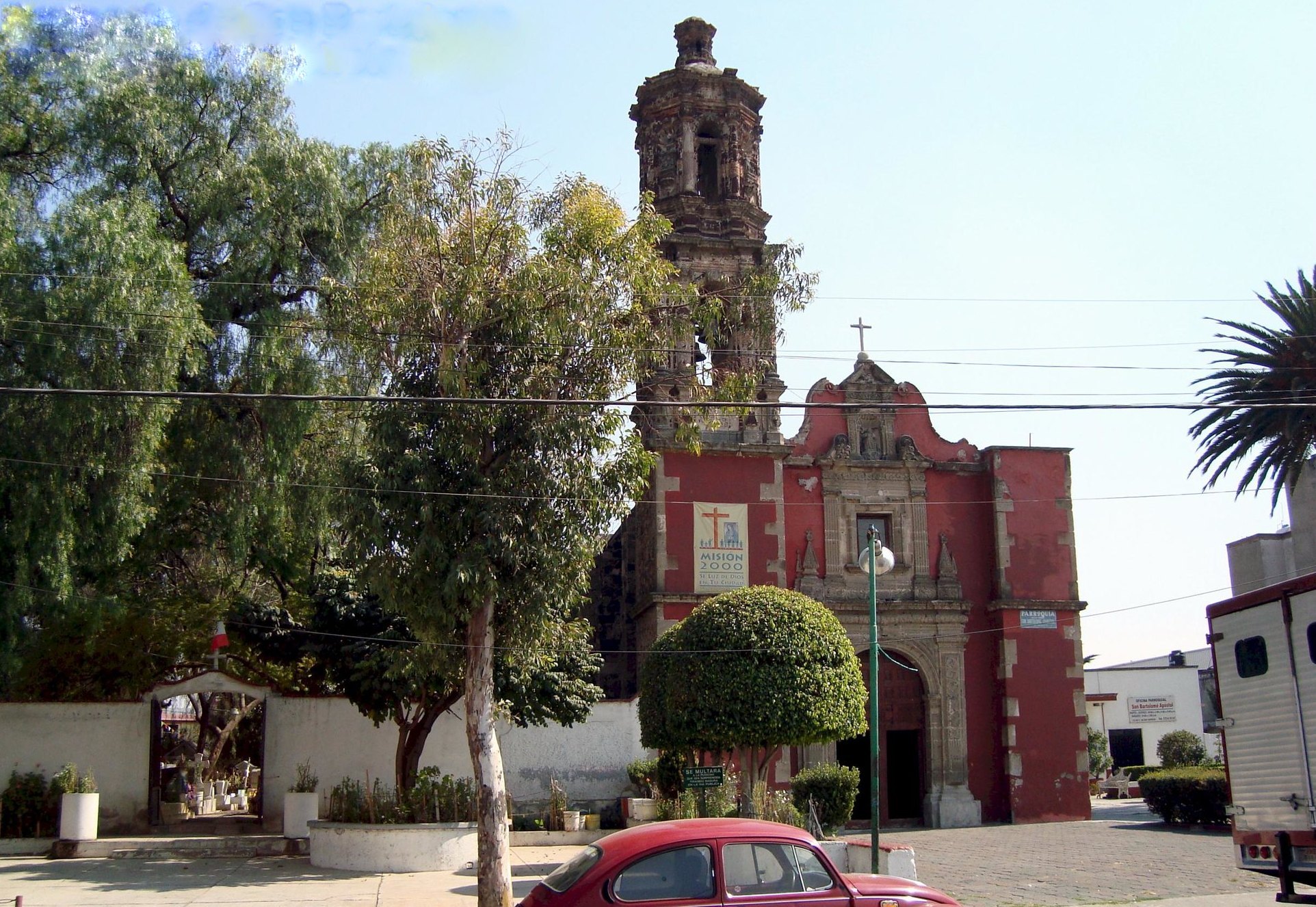
The Pueblo San Bartolomé Atepehuacan is one of the nine original settlements in Gustavo A. Madero. That makes it recognizably old. But Atepehuacan is arguably most famous for the 1957 discovery of fossilized mammoth remains and human tools. They were later dated to some 9,000 years ago. That makes them nearly as old as those found in Iztapalapa. The dig later yielded multiple human and mammoth remains.
Today, the old town is well submerged within the urban matrix, but a few signs of its ancient and prehistoric origins are still apparent.
The name Atepehuacan means simply “hill from which water escapes.” This hill was likely surrounded or partly surrounded by water. Agricultural remains date from 3500 BCE and thereafter, and it was likely a Nahua settlement by the year 1000 CE. The north coast salt flats, including this small island, were likely under Tlatelolco’s rule for most of the period prior to the arrival of the Spanish.
The church of San Bartolomé Apóstol was begun by the late 16th century. Most of what we see today is an 18th-century work. That church was the center of a small colonial town that was nearly entirely surrounded by Spanish Haciendas that sprung up on the former lake bottom. The town economy was to remain dependent on the hacienda economy even well into the 19th century. Although after the Mexican Revolution the town briefly won its own land grants so that residents could sustain themselves through farming, the land grants wouldn’t last long.
In 1945, the government took back most of the old farmland to begin the Vallejo industrial area. This was later followed by the National Polytechnic Institute and the many newer housing developments. All of these mid-20th-century projects altered the town irreversibly.
Today, we look at San Bartolomé Atepehuacan as the precursor to 1960s Lindavista. It’s a historically significant and truly ancient settlement. The surrounding City has not always been kind, but somehow, it’s still a place of giant swaying and mature ahuehuetes and a vibe that’s reassuring. With a central market, and a lot of character, it can be the perfect antidote to too much city.
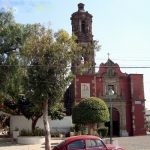
Nearest at 0.57 kms.

Nearest at 0.60 kms.

Nearest at 0.62 kms.
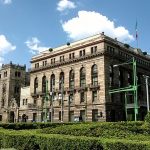
A sublime Italian Renaissance style has greeted passersby for nearly 120 years. Here's what it's about.
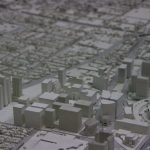
An incredible 3D rendering of one of the biggest cities in the hemisphere.

One of the popular public markets on Eje Central.
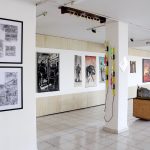
One of the Garibaldi area's strongest artistic clearinghouses.